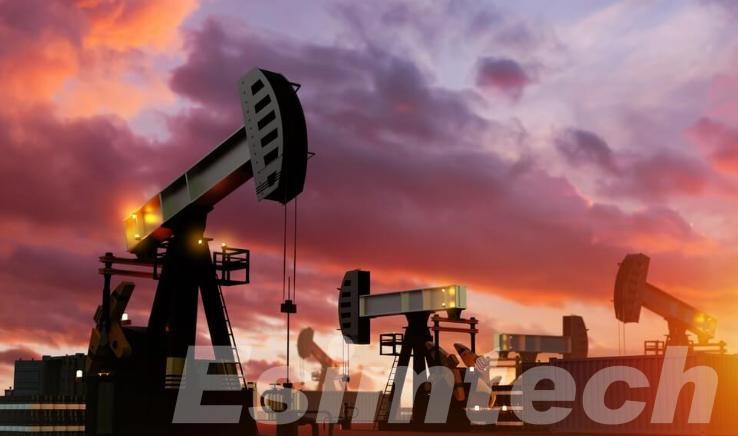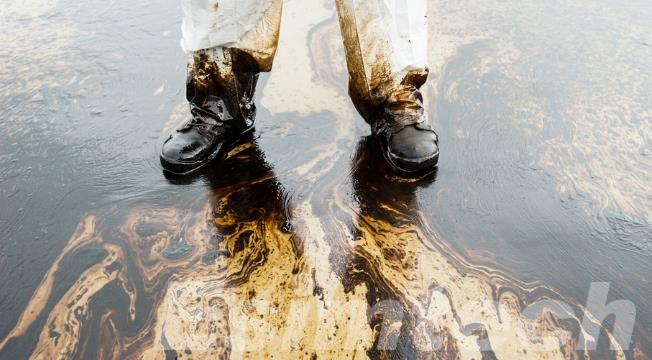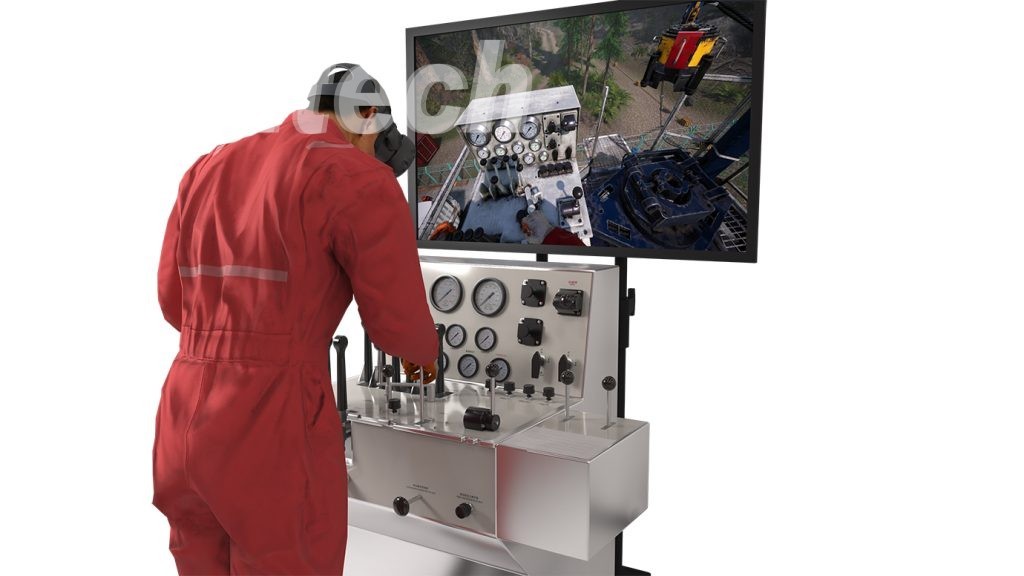Exploring the Hazards: Understanding the Risks of Oil Well Job
Oil well jobs are crucial for extracting valuable resources that power our world. However, these jobs come with inherent risks, making safety a paramount concern. This article explores the potential hazards associated with oil well operations and the critical role of proper training, including the innovative use of virtual reality (VR) for emergency preparedness.
Understanding the Hazards of Oil Well Job

Oil well jobs encompass a wide range of activities, from drilling and exploration to production and maintenance. Inherent within these tasks are various hazards that pose risks to the safety and health of workers. A comprehensive understanding of these hazards is essential for developing effective safety protocols and mitigating potential risks.
- Physical Hazards:
One of the most prevalent hazards in oil well jobs is the risk of physical injuries. Workers are often required to operate heavy machinery, handle equipment under high pressure, and work in confined spaces. These conditions increase the likelihood of accidents such as falls, crush injuries, and entanglement with moving parts. Rigorous adherence to safety procedures, including proper equipment use, regular maintenance checks, and the implementation of safety barriers, is crucial in preventing such accidents.
- Chemical Hazards:
Oil well operations involve the use of various chemicals, including drilling fluids, lubricants, and cleaning agents. Exposure to these chemicals can result in skin irritation, respiratory problems, and long-term health effects. Moreover, the release of hydrocarbons and toxic gases during drilling and production poses additional risks to worker health. Proper ventilation, personal protective equipment (PPE), and chemical safety training are essential in minimizing exposure to hazardous substances and preventing related health issues.
- Environmental Hazards:
Working in remote and harsh environments presents unique environmental hazards for oil well workers. Extreme weather conditions, such as high winds, heavy rain, and extreme temperatures, can pose significant risks to worker safety and equipment integrity. Additionally, wildlife encounters, including encounters with venomous snakes and insects, further compound the dangers of working in remote locations. Comprehensive risk assessments, environmental monitoring, and emergency response plans are critical in addressing these environmental hazards and ensuring worker safety.

- Ergonomic Hazards:
Repetitive tasks, awkward postures, and manual handling of heavy loads contribute to ergonomic hazards in oil well jobs. Prolonged exposure to these hazards can lead to musculoskeletal disorders, such as back pain, strains, and sprains. Implementing ergonomic principles, such as proper workstation design, mechanical aids, and regular rest breaks, is essential in minimizing the risk of ergonomic injuries and promoting worker well-being.
In summary, oil well jobs entail a myriad of hazards that pose risks to worker safety and health. By understanding these hazards and implementing appropriate safety measures, oil companies can create a safer work environment for their employees and mitigate the potential risks associated with oil well operations.
Importance of Proper Training of Oil Well Job

Given the inherent risks of oil well jobs, thorough training is not just a recommendation; it’s an absolute necessity. Here’s a closer look at why proper training is paramount for worker safety and overall well-being:
- Reduced Accidents and Injuries: Studies have shown a clear link between comprehensive safety training and a decrease in workplace accidents and injuries in the oil and gas industry. Proper training equips workers with the knowledge and skills to identify hazards, avoid risky situations, and respond effectively to emergencies.
- Increased Confidence and Situational Awareness: Oil well jobs often require quick decision-making in potentially dangerous situations. Training programs that focus on hazard recognition, risk assessment, and safe work practices empower workers with the confidence to navigate challenging situations and act proactively to prevent accidents.
- Improved Communication and Teamwork: Safety is not a one-man show. Effective communication and teamwork are crucial for ensuring everyone on the rig is aware of potential hazards and can work together to mitigate risks. Training programs that emphasize communication skills and teamwork drills help foster a culture of safety where workers look out for each other and potential issues are addressed before they escalate.
- Compliance with Regulations: The oil and gas industry is subject to a strict set of safety regulations. Training programs ensure workers are aware of these regulations and understand the best practices required to comply. This not only reduces the risk of accidents but also protects companies from legal liabilities.
- Long-Term Career Benefits: Investing in proper training benefits both workers and companies. Well-trained workers are more valuable assets, with greater job security and potential for career advancement. Companies that prioritize safety and thorough training create a more positive work environment, fostering a sense of trust and loyalty among their workforce.
Beyond the immediate benefits, proper training sets the foundation for a culture of safety within the oil and gas industry. By prioritizing education and preparedness, companies can empower their workforce to make informed decisions, navigate hazards effectively, and ultimately return home safely each day.
Virtual Reality Emergency Training in Oil Drilling Job

The use of virtual reality (VR) in oil well job training represents a significant leap forward in safety preparedness. Here’s a closer look at how VR technology is revolutionizing emergency response training for oilfield workers:
- Customization and Scalability: VR simulations can be tailored to specific well environments and emergency scenarios. This allows for targeted training that addresses the unique risks associated with different types of oil wells and operating conditions. Additionally, VR training modules can be easily scaled and replicated, ensuring consistent training across a geographically dispersed workforce.
- Improved Communication and Teamwork: VR simulations can be designed to incorporate multiple trainees, allowing them to practice communication, coordination, and teamwork during emergency situations. This is crucial for effective response, as oil well emergencies often require seamless collaboration between different teams.
- Emotional Response Training: VR simulations can introduce realistic stressors, such as loud noises, limited visibility, and time pressure, to replicate the emotional intensity of real-world emergencies. This helps trainees develop emotional resilience and hone their decision-making skills under pressure.
- Data-Driven Training Analysis: VR training platforms can track user actions and decisions within the simulation. This data can be analyzed by trainers to identify areas where trainees struggled and personalize future training modules to address specific knowledge gaps.
- Reduced Training Costs: While initial investment in VR technology exists, VR training can ultimately reduce overall training costs. VR simulations eliminate the need for expensive physical drills and real-world equipment setup, making training more efficient and cost-effective.
The adoption of VR in oil well job training is still in its early stages, but the potential benefits are undeniable. By providing a safe, immersive, and data-rich training environment, VR is empowering oil well workers with the skills and confidence to handle emergencies effectively. This innovative approach is paving the way for a safer and more prepared workforce in the oil and gas industry.
